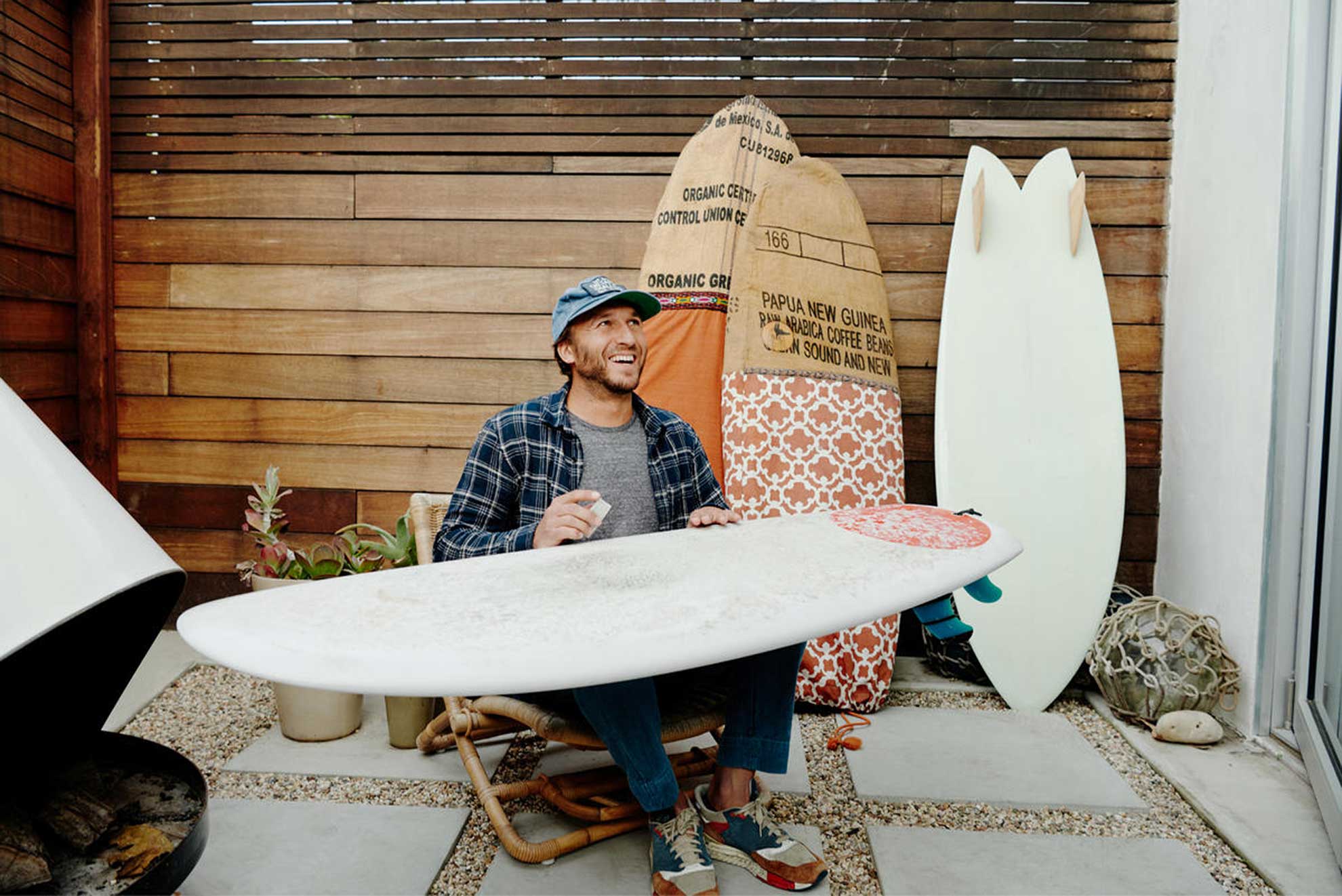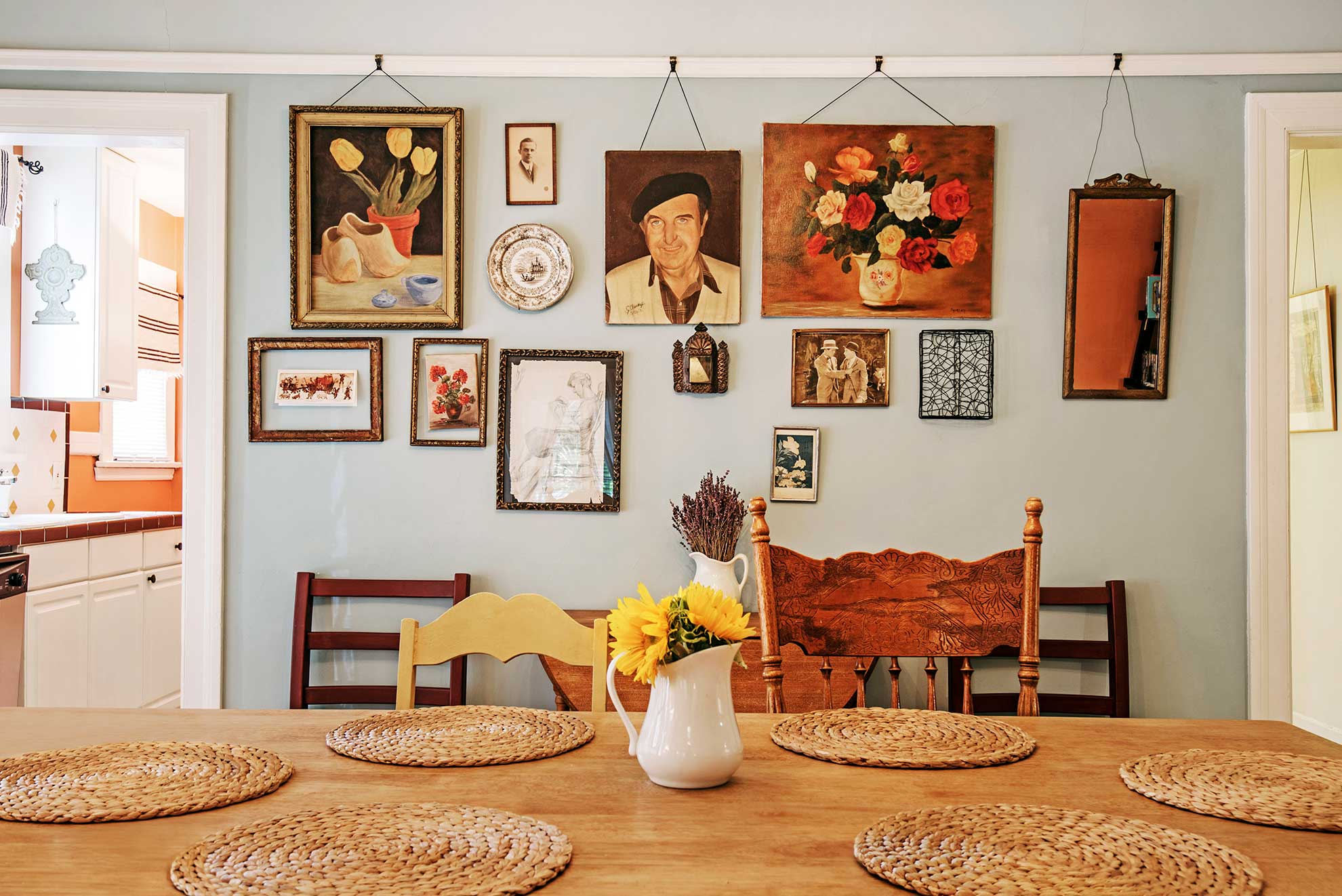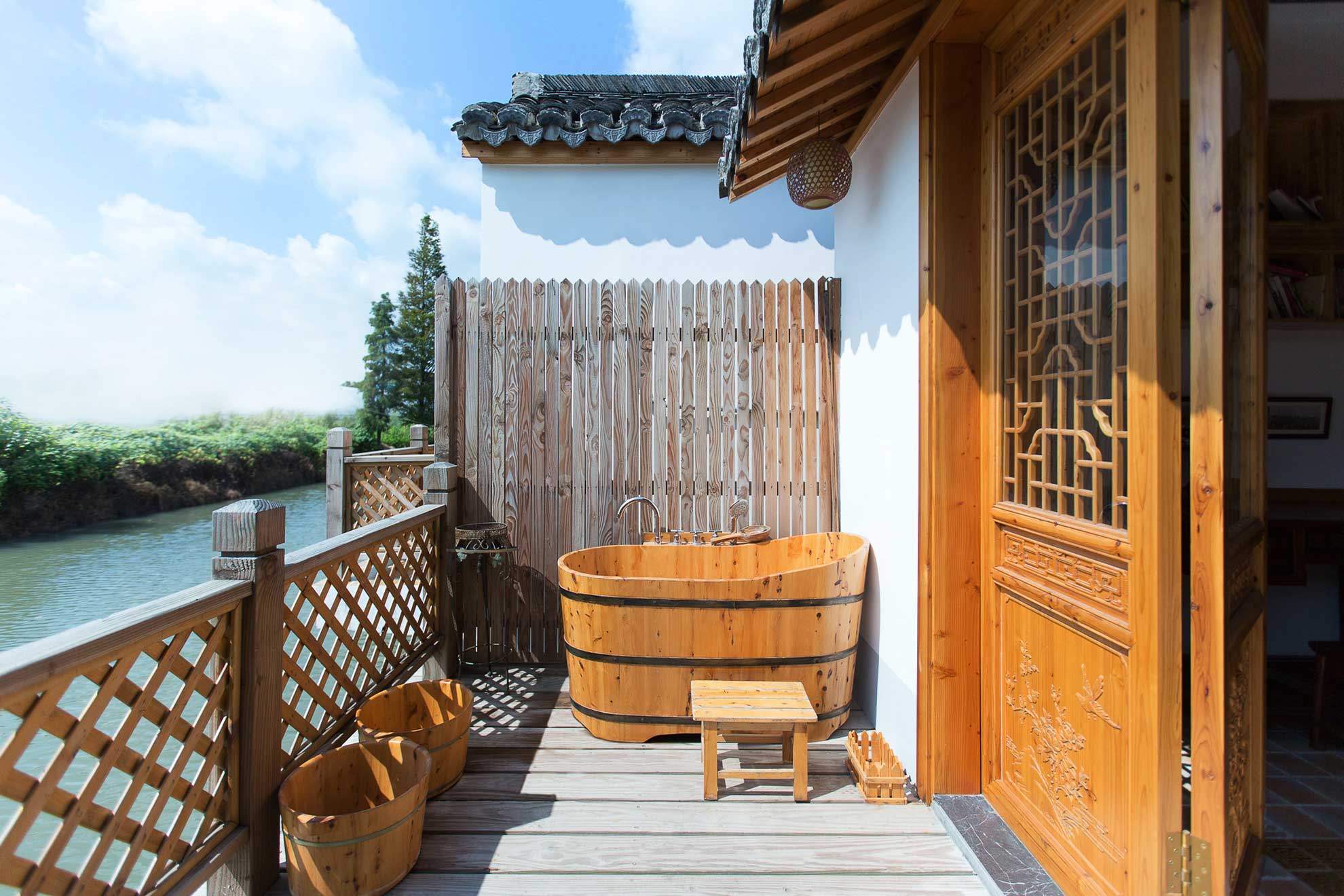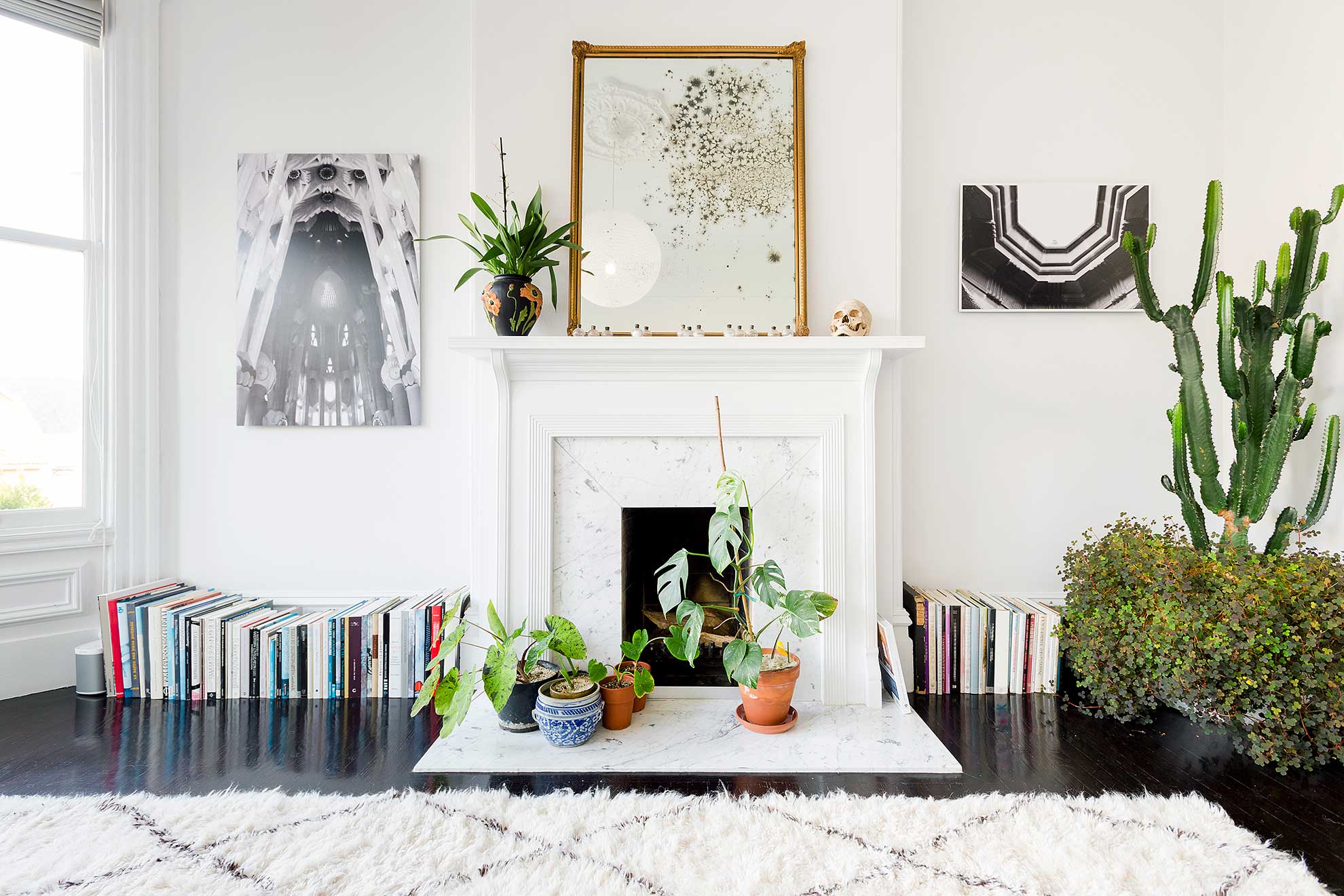Plus Personality
New interior design standards celebrate curation and personalization
Part of the appeal of booking on Airbnb is the astounding variety of homes someone has to choose from, with looks and styles that are highly individualized. But the thousands of options can be overwhelming, and guests can be left unsure about what they’re going to get. Will the home resemble the photos from the listing? Is there a hair dryer? What if I forgot my shampoo? The moment of truth when you open the door to your Airbnb can sometimes feel daunting.
As the Lead Interior Designer on Airbnb’s Environments team, I care a great deal about the details—both large and small—and how they come together. What’s the architectural style and how is the home furnished? What details and thoughtful touches were brought in to show off the character of the host or the location? How do these elements affect the overall function and feel of the space for a guest?
What would it look like if we had a collection of homes that we vetted for thoughtfully considered aesthetics and amenities, to take the mystery out of the equation for guests? With these challenges in mind, we set out to launch a new tier of homes that have been verified for quality, comfort, and design.

Leveraging host behaviors
Airbnb has a large population of hosts who take things to the next level of hospitality—they’ve thought through the necessary details to ensure a smooth stay, and their personalities shine through their unique homes. We’ve watched them exceed guest expectations and that left us wondering, “How can we highlight, celebrate, and leverage these behaviors?”
In an ever expanding marketplace, it’s essential that we continue to differentiate ourselves. Our community is what makes Airbnb a success, and our hosts are our driving force—they have the power to transform an entire trip. We realized that when hosts are setup to shine with their unique personalities and the home-like ambiance they enable, the physical and emotional experience is better for everyone.

Setting a new standard
In order to guarantee a high level of quality, we had to begin by establishing global quality standards. This process was a high-touch collaboration between our Home Operations business team, Product (Research, Design, and Content), and the Environments team who defined the right set of criteria to ensure high standards while preserving the diverse character of listings across our platform.
Operations laid out objective criteria such as maintenance and amenities, while Environments considered subjective criteria such as interior design, then we’d cross-critique. Once we felt confident enough in the 100+ point checklist we developed, we set out to begin a pilot phase in Los Angeles.
Throughout the pilot, we tweaked wording and removed items from the list that didn’t impact guest experience in a negative way. For example, we originally intended to require a nightstand and a secondary light source (like a table lamp) in each bedroom—something much more achievable in controlled environments like hotels—but we found so many exceptions to our requirement in incredible homes, that we decided to let it go.

In other instances, we decided to set criteria that’s not necessarily a global standard for the sake of guest comfort. For example, two sleeping pillows per person isn’t common practice in homes everywhere, but a good night’s sleep is key to guest satisfaction and we determined this makes a significant difference for guests feeling cozy and well rested.
The entire pilot process was a negotiation about what falls under best practices, and what should be a minimum standard to be in the Airbnb Plus program. Led by the Product team, the criteria was transformed into something more digestible on the platform, and later as a part of the application flow when we opened it up to hosts in launch markets.
And for criteria that hosts were having some trouble with, I partnered with the Marketing and Operations teams to create how-to videos.
Cultural considerations
Early on, we made a commitment to set the quality bar high while remaining style agnostic in order to maintain the incredible variety we see on the platform. Easier said than done, right? What’s acceptable in one region or culture may be frowned upon in another, adding a level of nuance to standardization. For example, not allowing mattresses to sit directly on the floor in the United States, but doesn’t really fit regional interpretations such as futon style bedding placed on tatami mats in Japan.
Additionally, while standards associated with comfort and quality can be more objective, good design is in the eye of the beholder and is oftentimes a subjective interpretation.
As we expanded to new markets, we did regional audits and spoke with our local teams to adjust our criteria for global relevance. It was important that we set clear expectations for guests and hosts everywhere, but the standards can be nuanced, and this is an area we’ll dive deeper into and continue to refine as we further develop the program.

What guests really want
We had to start by grounding ourselves in what guests truly want, and what sets the brand apart in the market. After interviewing many guests, the Research team uncovered a common theme: guests consistently choose Airbnb because there’s something unique about the spaces that make them feel “like home”. But what does that mean? How do we quantify a feeling?
So we did some work to define what “home” means for us at Airbnb. We landed on a space that feels cared for and loved—a space with a person behind it who recognizes and welcomes guests. Home is a safe haven when exploring new places. It should feel comfortable and human, with a soul and story to tell. Homes have personalities.

Personality is the key
It’s a common misconception that Airbnb homes should have the most basic interior possible to appeal to a wider audience—similar to styling for an open house for a real estate sale—but our research showed that guests preferred the opposite. Creating a blank slate makes sense if you’re trying to sell a house, because visitors can envision their own lives in the space. But if a guest is looking to live like a local for a temporary visit, being in a home that feels lived in has a huge impact on their experience.
For homes that follow a generic model, it can be hard to stand out from the crowd because the only differentiator at that point is price—not really a battle hosts want to be in. The most popular listings on our platform have something in common: they’re incredibly unique and tell stories about the host or location.

These homes become a destination unto themselves, and people go out of their way to plan trips around the ability to stay in them. We’ve found that hosts who highlight their passions within the space are more likely to connect with guests who share similar interests. It’s easier to bond, and guests are more likely to take special care of their hosts’ homes and belongings.
Funny enough, we’ve also found that making a space feel more like a home actually means making it feel a little less perfect. It’s the little things—something just slightly out of place—that hold deep meaning for hosts, and tell stories that humanize the space. They make guests more comfortable.

Just the beginning
Ultimately, it’s the personality of an Airbnb listing that sets it apart from the competition. The personality may be representing the host and their individual passions, while also telling the story of the location or a unique theme.
In February, Airbnb Plus launched in Los Angeles, San Francisco, Chicago, London, Barcelona, Milan, Rome, Shanghai, Sydney, Melbourne, Cape Town, Austin, and Toronto, and we’ll continue to add cities throughout the year. Within two weeks post-launch, we saw a 53% increase in bookings, a 95% increase in nights booked, and ~30,000 host applications—an unprecedented response for Airbnb product launches.